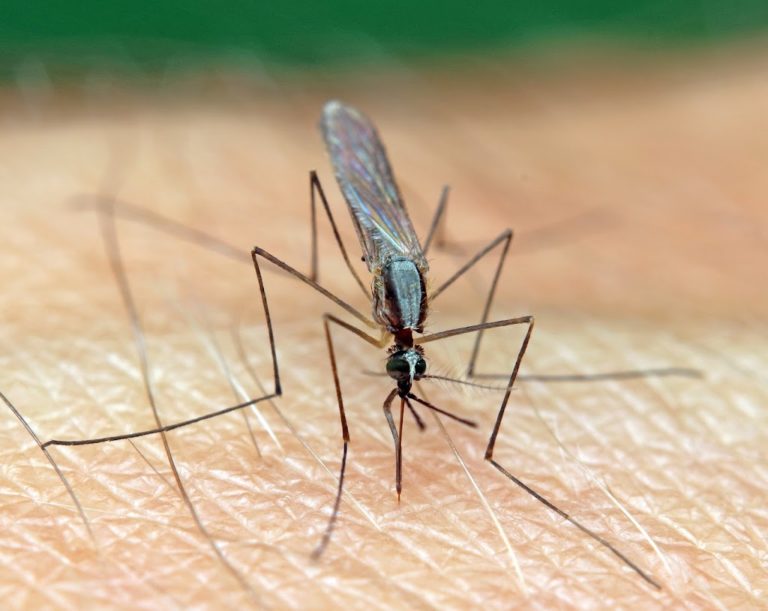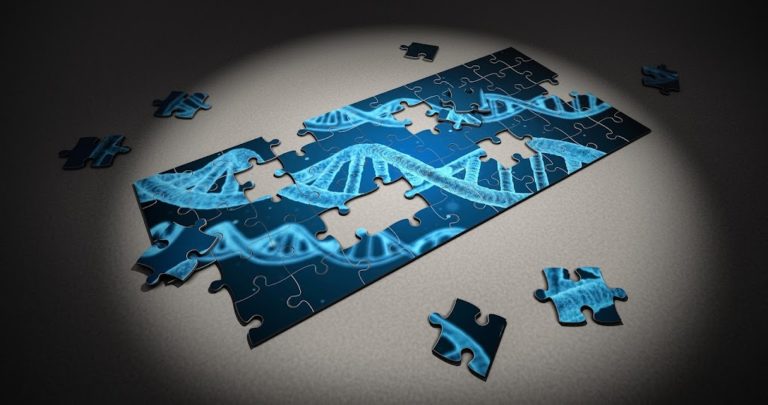Who is at Endometriosis risk?
The tissue typically grows outside the uterus in somewhere in the pelvic cavity. The actual site of this tissue growth can take place in several places. It can occur either on or beneath the ovaries; or on the tissues behind the uterus; or on the bowels of the bladder. In extremely rare cases, it has even been know to grow outside the pelvic cavity.
So what happens as a result of this tissue growth?
The physiological changes that take place during a woman’s menstrual cycle affects these growths. The walls lining the uterus thicken each month as part of the reproductive cycle. If no pregnancy develops, the uterus sheds this lining and the woman experiences the bleeding associated with her period. However, a woman who has endometriosis also experiences bleeding on the growths outside the uterus. But since this tissue cannot be shed like the uterus lining, internal bleeding results and scar tissue develops. Depending on where the growth are located, this can lead to a variety of complications.
A surgical procedure called a laparoscopy is needed to fully diagnose endometriosis. Though done under anesthesia, a laparoscopy is a relatively minor procedure in which a lighted tube is inserted into the abdomen through a small incision. This device is called a laparoscopy and it allows the doctor examine the organs and determine if any growths are present.
Although there is no cure yet for endometriosis, treatment does exist. Unfortunately, it ranges from medication to treat the pain to hysterectomies to remove the affected areas. The only problem with this is that there has been a high rate of recurrence even among women who undergone this procedure.
The answer to the question what is endometriosis is, alas, not a happy one.
SUBSCRIBE NOW!
Enter your email address:








